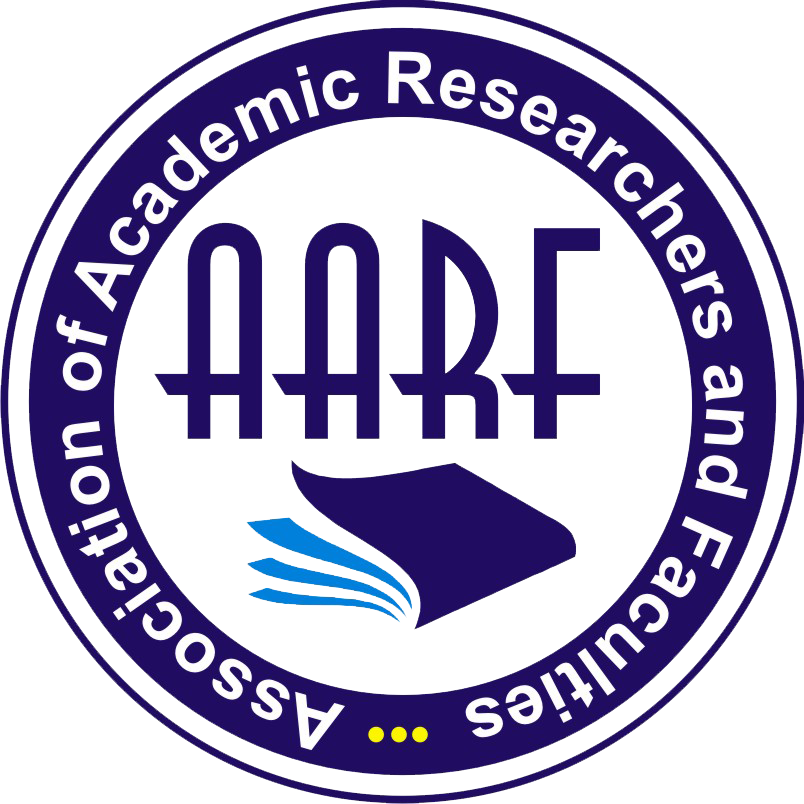Dr Prashant Dwivedi
Abstract:
The unusual properties and wide range of possible applications of stannate nanostructures—nanostructures composed of tin (Sn) and oxygen (O)—have garnered considerable interest in these materials. Using a wide range of experimental techniques, this study investigates both the synthesis and characterization of stannate nanostructures. To manipulate the nanostructures' size, shape, and crystalline structure, researchers are looking into several synthesis methods. The solvothermal, hydrothermal, and template-assisted approaches fall under this category. The optical, electrical, and structural characteristics of the materials are studied using state-of-the-art characterization methods such as spectroscopic analysis, electron microscopy, and X-ray diffraction. In areas including gas sensing, photocatalysis, energy storage, and biomedical devices, the results give helpful suggestions for improving the functionality of stannate nanostructures. These results provide light on the connections between stannate nanostructure production, structure, and characteristics. This comprehensive study lays the groundwork for new synthesis methods and specific applications in many fields, and it significantly advances our basic knowledge of stannate nanostructures.























